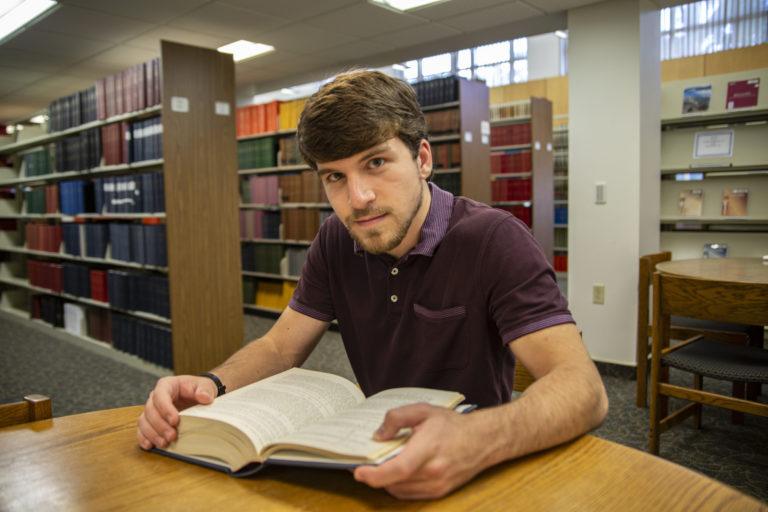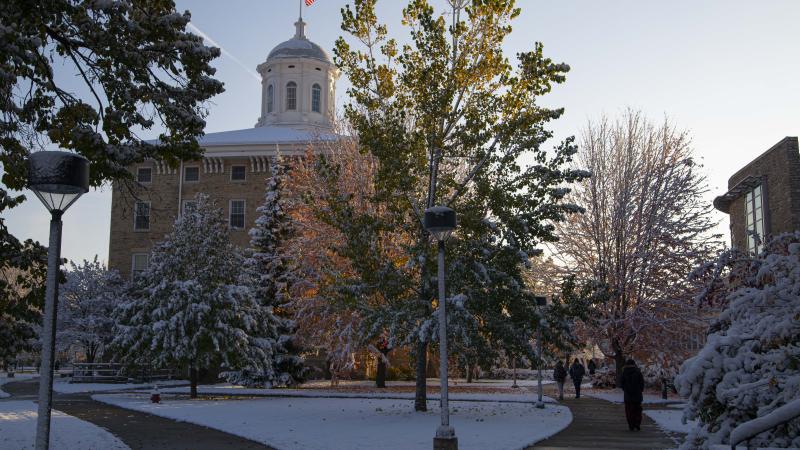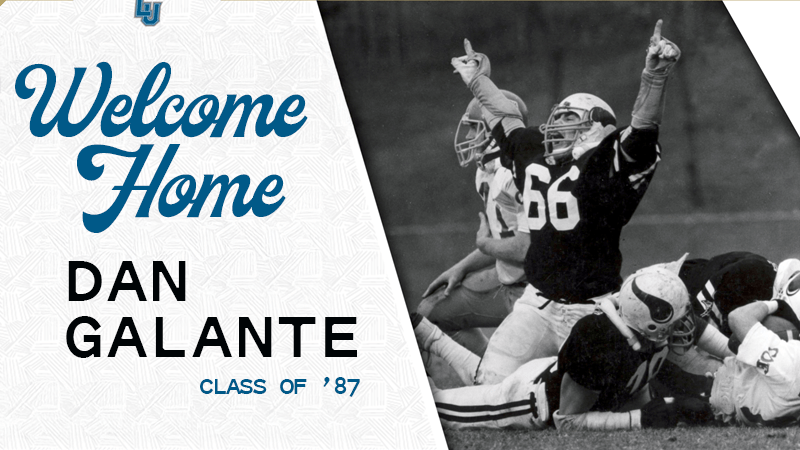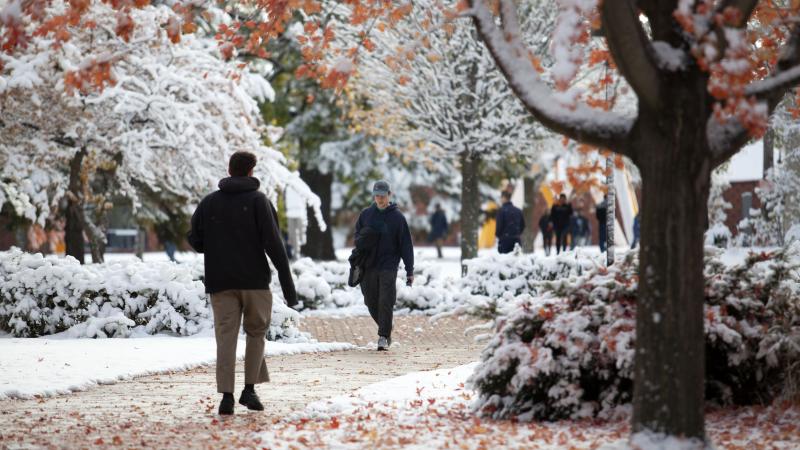2 Minutes With … is a series of short features to introduce us to the passions and interests of Lawrence students on and off campus.
Nick Vaporciyan ’21 spent a memorable 10 weeks on campus over the summer. The Lawrence junior did physics research assisting Associate Professor of Physics Megan Pickett with her forthcoming book, which will tell the history of quantum physics through largely forgotten, old or overlooked narratives.
“It’s very easy to find these giants of modern science that everyone knows about who are in every physics textbook,” Vaporciyan says. “Their stories have been told countless times. But it’s very neat and difficult to find these smaller stories that are no less interesting, and even no less significant in some cases.”
He references a particular story he found about Sir George Gabriel Stokes, the man who first investigated fluorescents and learned they’re caused by ultraviolet light. This work is the foundation for a technique called laser pulling that led to our ability to build quantum computers today.
“It’s a pretty obscure connection,” he says. “Most people who have taken quantum physics know how laser pulling works, but the history underlying when we first began to investigate that is not well known. So, it was very cool for me to find that out.”
The process
While most other students were doing hands-on physics research in a lab, Vaporciyan found himself happily hunkered down in the library.
“It was actually a lot of fun for me because I hadn’t done book research in quite a while,” he says. “It renewed my interest in more historical aspects of science that sort of get pushed by the wayside when you’re doing all the technical work in your classes.”
Vaporciyan had to turn away from physics textbooks for this research. The vast history of physics reaches far back in time and includes a multitude of cultures; much of this knowledge doesn’t enter into the mainstream physics consciousness.
What lies ahead
Vaporciyan’s travels through physics history rekindled his love for the subject.
“You just sort of get swept away,” he says. “It’s really fascinating to see how interconnected some of these things really are historically, not only on a technical level.”
Underlying the science and history, it was also the pedagogical aspect at the core of Pickett’s book that had him hooked. Though he’s not planning on a career in teaching, he’s very interested in education. Participating in the making of a resource for physics — especially one that takes such a different approach — combined his interests.
There’s still much to be discovered. Though the summer research has ended, Vaporciyan will continue investigating the topic for his Chandler Senior Experience.
He’s earning his physics degree through the 3-2 cooperative degree program, which will transfer him after three years to an accredited engineering school for two years to also obtain an electrical engineering degree.
Nick Vaporciyan
Class Year: 2021
Major: Physics



